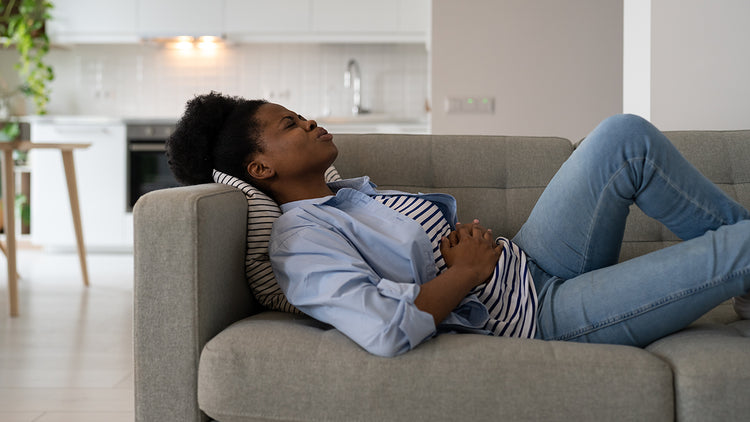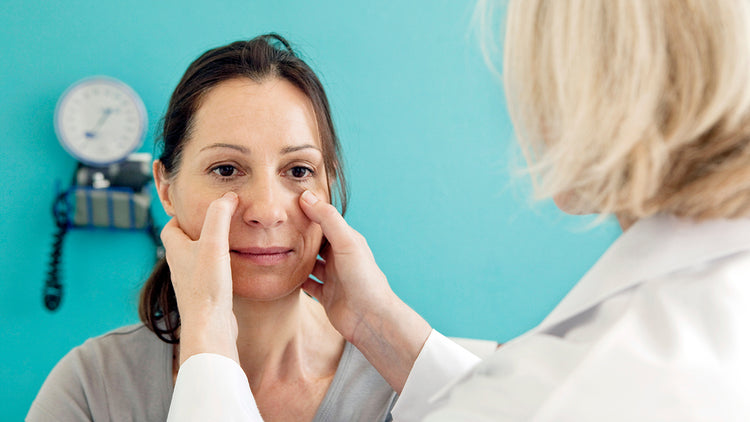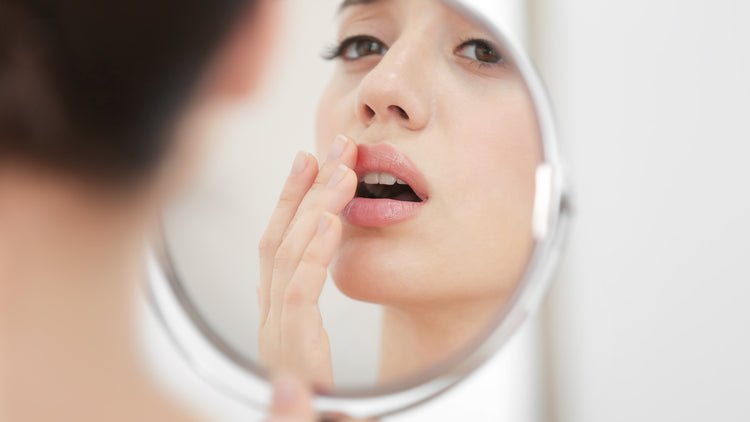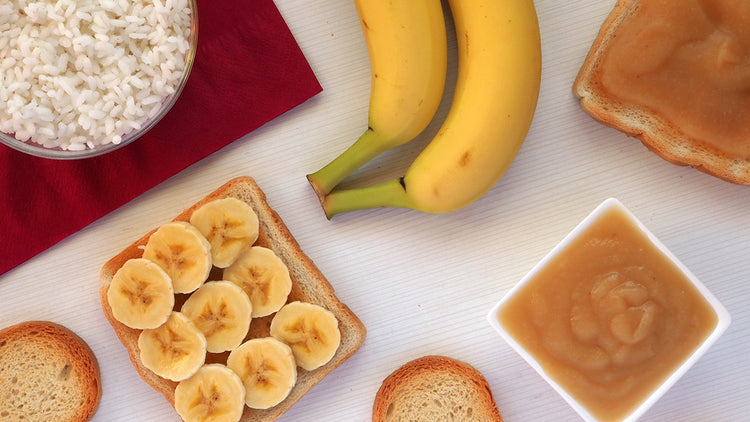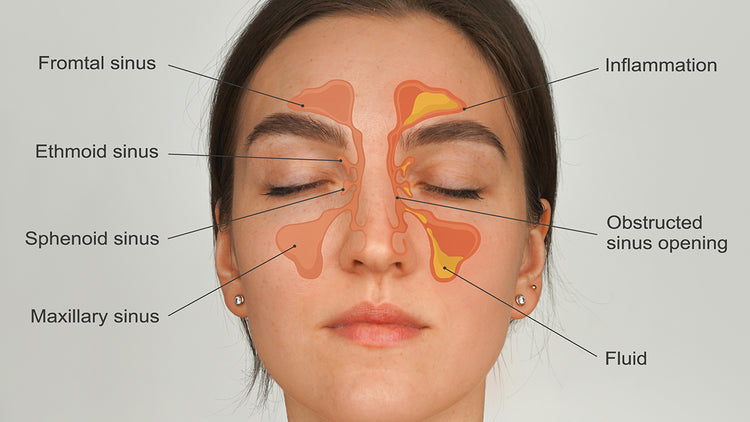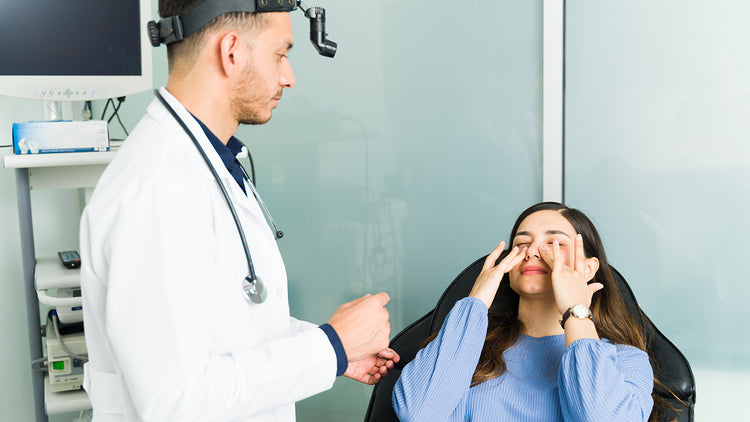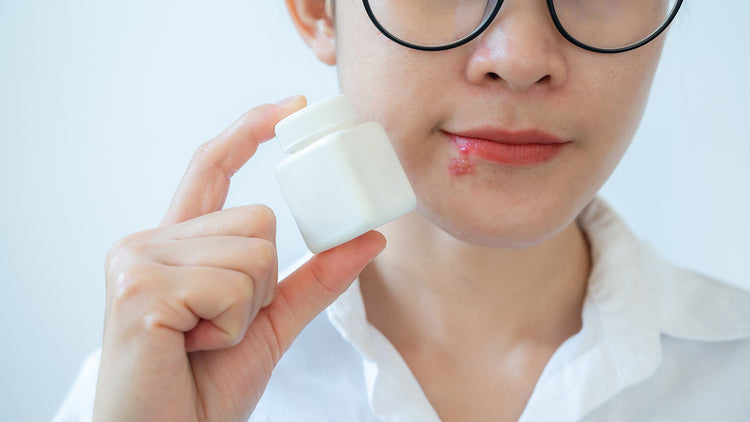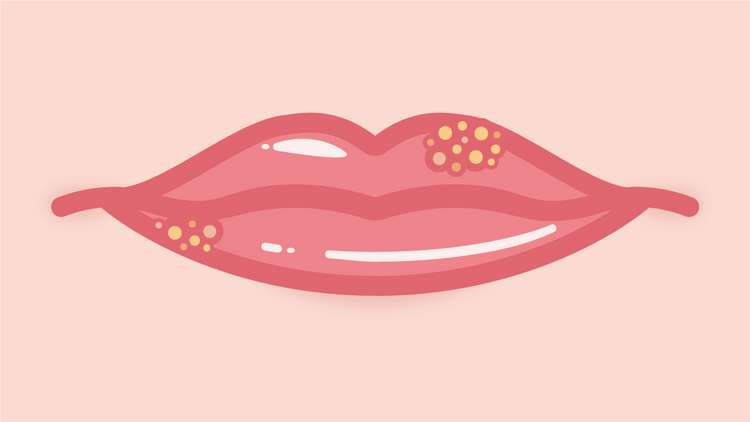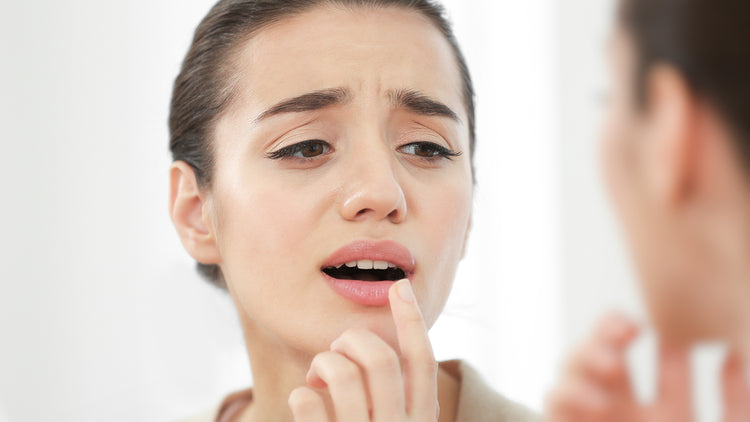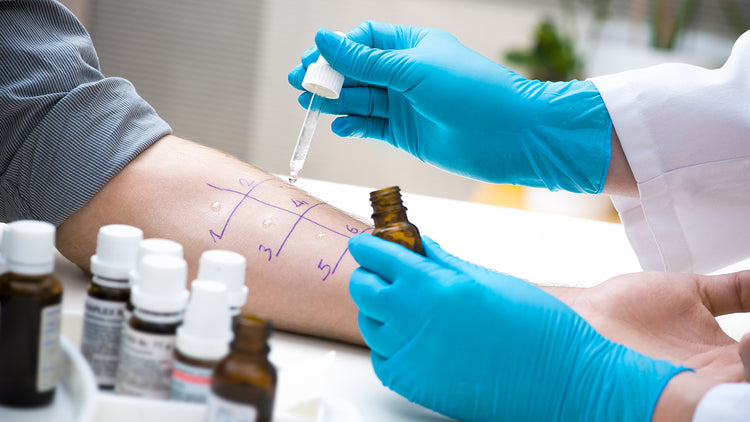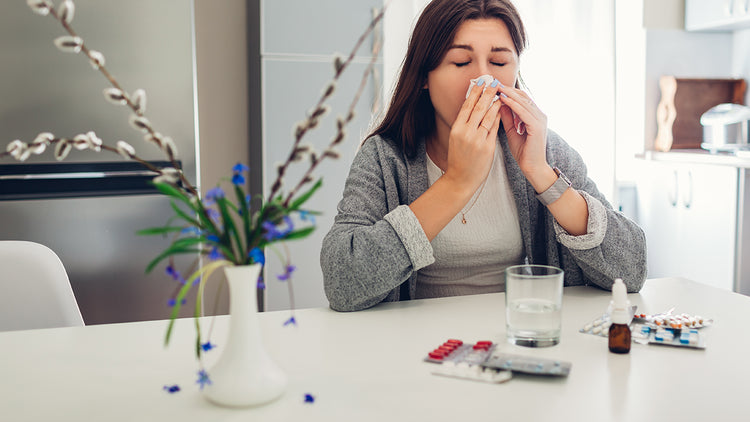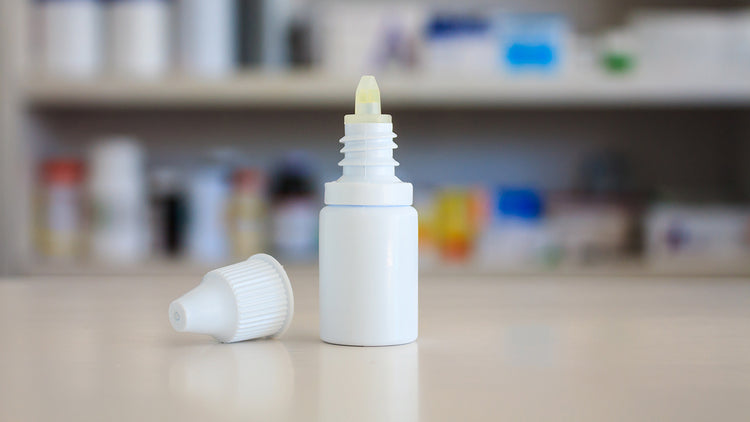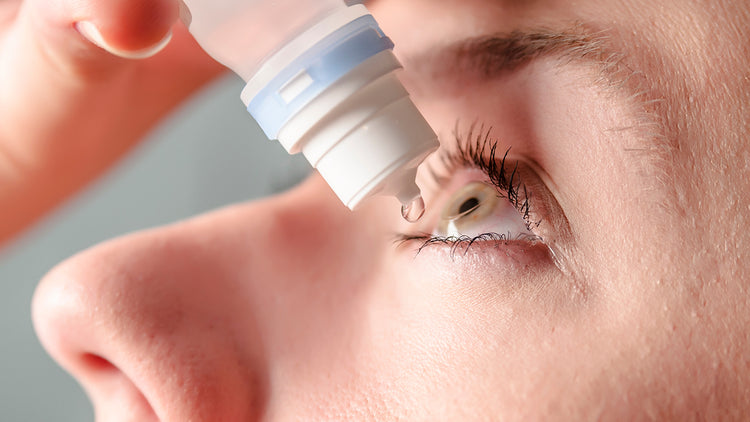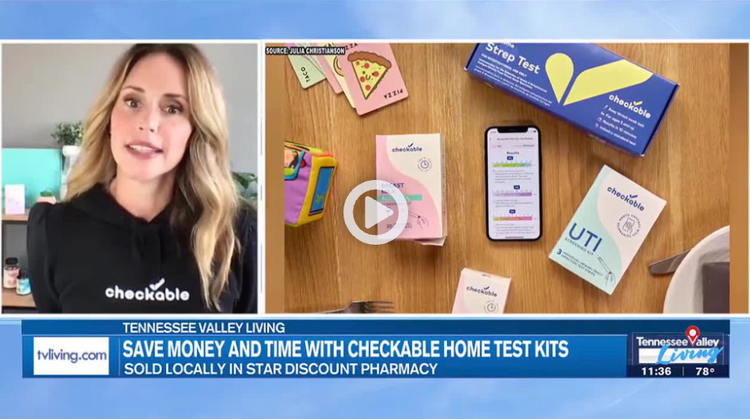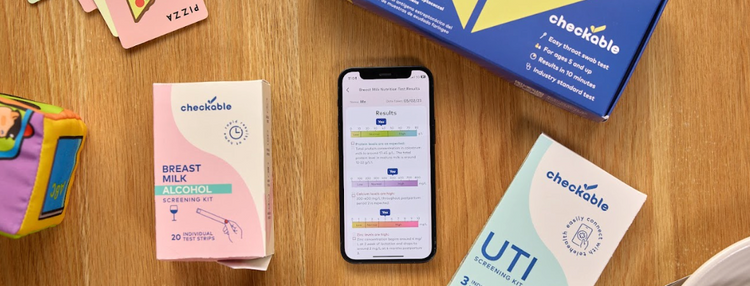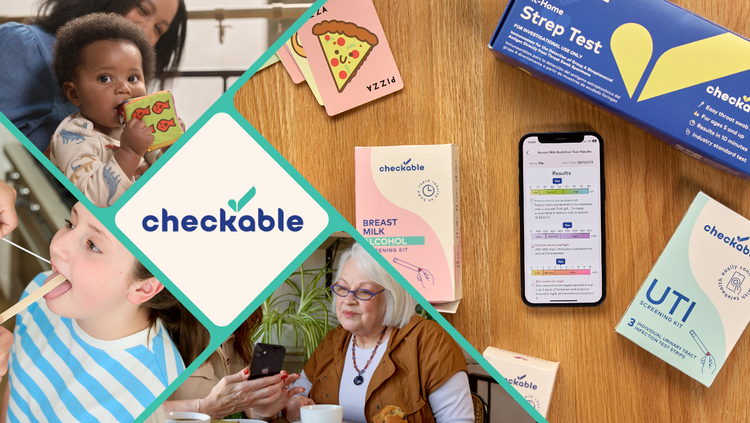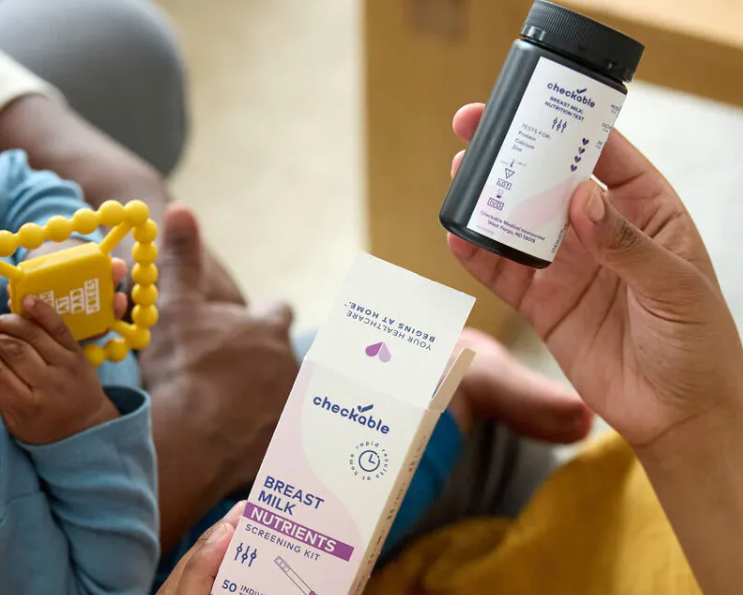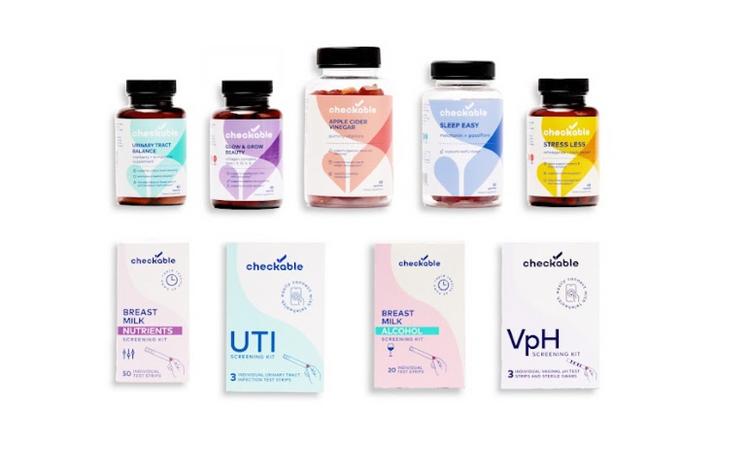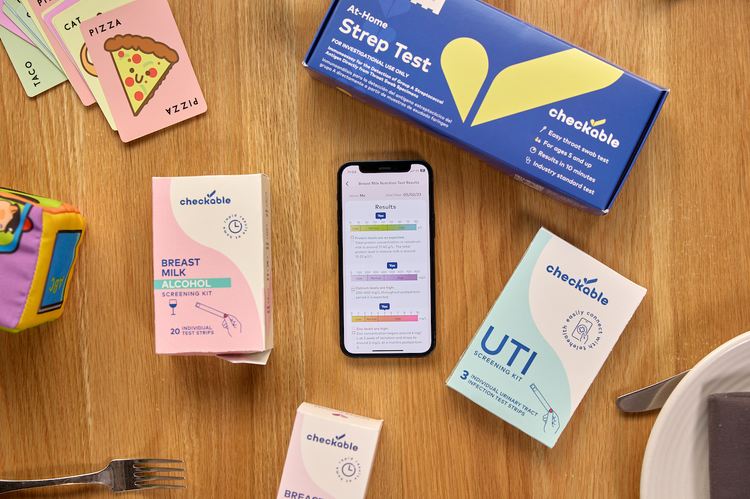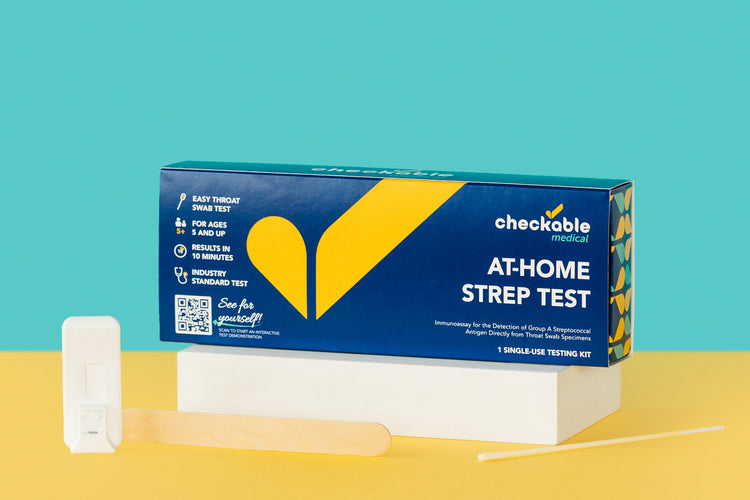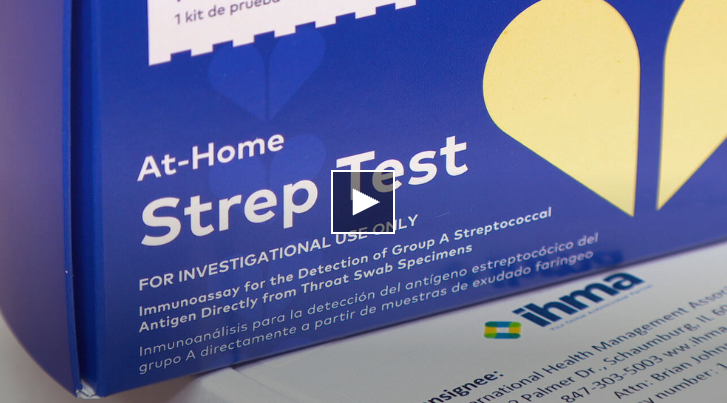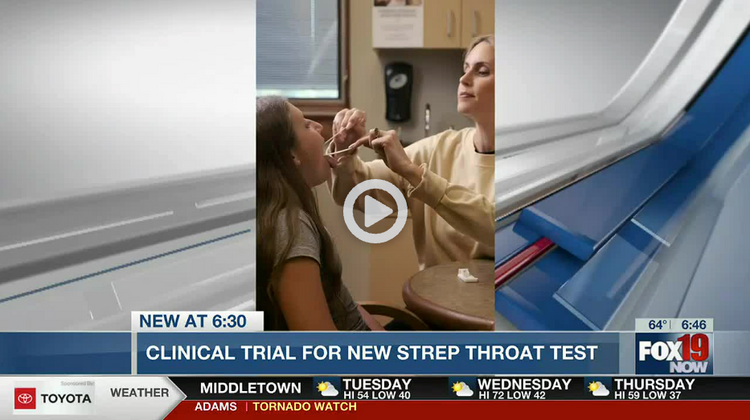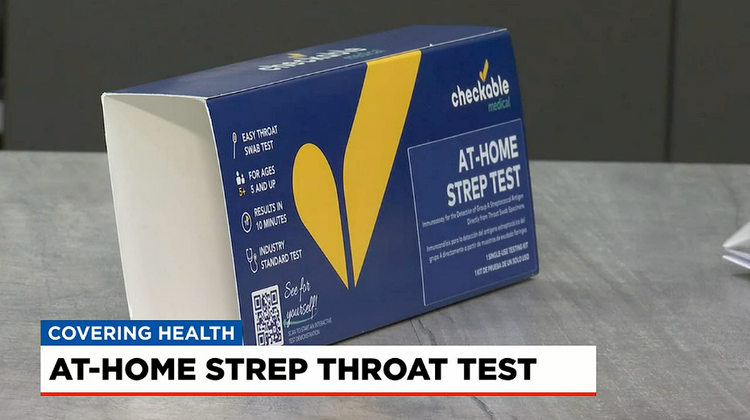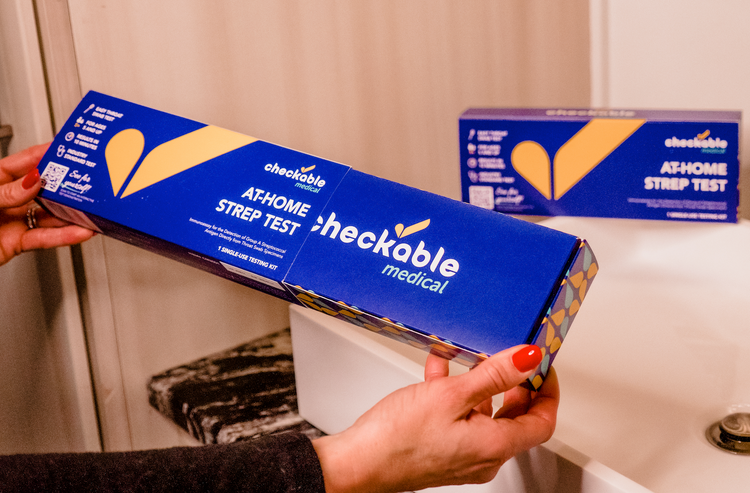
Pink eye is one of the most common eye problems for adults and children. Understanding the causes, symptoms, and available treatments for pink eye is essential to prevent the spread of this all too common infection.
What Is Pink Eye?
Pink eye is an inflammation of the conjunctiva; hence the medical term for pink eye, conjunctivitis. The conjunctiva is the transparent membrane that lines the front of the eye and the eyelid and contains tiny blood vessels. When the conjunctiva becomes inflamed, those small blood vessels are much more visible and give the whites of the eye a red or pink appearance.
A viral infection is the most common cause of pink eye, but a bacterial infection, an allergy, or irritation may also cause the condition. Eye inflammation caused by a viral or bacterial infection is highly contagious, making pink eye one of the most common eye problems for adults and children. It can easily spread from one eye to another or throughout your household from one family member to another.
What Are the Symptoms of Pink Eye?
It's essential to recognize the signs of pink eye so you can act quickly to prevent the spread in your household and get treatment if needed. The following are some symptoms of pink eye:
- Red or pink whites of the eyes
- Swollen eyelids
- Gritty feeling in the eyes
- Itchy eyes
- Tearing, watery eyes
- Discharge (white, yellow, or green) that forms a crust over the eyes after sleep
- Light sensitivity
- Eye pain
How Is Pink Eye Contracted?
If the cause of pink eye is an allergic reaction, things like pollen, mold, dust, or pet dander are the most likely triggers. If irritation is the cause, it can come from irritants such as shampoo, makeup, chlorine, or smoke.
As for the notorious type of pink eye, that highly contagious version that keeps the kids home from school, a virus or bacteria is responsible. Viral and bacterial pink eye is spread by direct or indirect contact with the eye fluid of an infected person. Direct contact is person-to-person, and indirect contact is from touching contaminated objects.
How Can I Prevent Myself from Getting Pink Eye?
Pink eye can easily spread but don't fret. You can take plenty of actions to keep you and your family pink eye free. As you might have guessed, coming in at number one is handwashing. Hand hygiene is one of the most effective ways to stop the spread of infection. Take these steps to prevent yourself from getting pink eye:
- Wash your hands for at least 20 seconds, especially before and after you touch your eyes and after you've handled contaminated objects. Use sanitizer if soap and water are not available.
- Don't share towels or pillows, and be sure to wash linens in hot water.
- Don't share makeup, and discard any makeup products or tools an infected person uses.
- Clean contaminated surfaces like faucet handles and door knobs.
- Avoid touching your eyes with unwashed hands.
- Keep your eyeglasses and cases clean.
Keep in mind that pink eye can spread before symptoms pop up, and as humans, we touch our eyes more times than we can count. So, as a general rule, try to be mindful to avoid touching and rubbing your eyes.
What Should I Do If I Think I Might Have Pink Eye?
When to seek medical help depends on how long your symptoms last or how severe they are. If the cause of your pink eye was chlorine exposure from all that playing around in the pool with your kids, your symptoms should resolve within a few hours. Similarly, if you're having an allergic reaction to pollen or pet dander, an antihistamine should help symptoms improve after a few hours. If you're not sure what caused your pink eye, you can try these home treatments:
- Clean or rinse your eyes with warm water
- Apply warm or cool compresses to the eye several times a day
- Use artificial tear eye drops
- Stop wearing contacts until your symptoms have resolved
If your symptoms have not gone away after a day or two or are severe, it's time to call your healthcare provider. Other reasons to contact your healthcare provider include the following:
- Moderate to severe eye pain
- Extreme redness
- Blurred vision that doesn't get better after cleaning away discharge
- An injury to your eye
- You are immunocompromised
- Your symptoms are worsening
.
Your healthcare provider, or an ophthalmologist, can diagnose pink eye by evaluating your clinical symptoms and examining your eyes. They may even take a culture. A culture is a swab of the discharge from your eyes that's sent to a lab to determine if bacteria are present, but taking a culture isn't very common. It is only needed if your healthcare provider suspects the inflammation is from a severe infection, a sexually transmitted disease, or a foreign object.
At your appointment, your healthcare provider may recommend home treatments to help ease symptoms or prescribe an antibiotic ointment if they think the infection is bacterial. Antibiotics will help bacterial pink eye heal within a week, but viral pink eye may take one to two weeks to clear up on its own. Two weeks is a long time to walk around with an angry-looking eye, but by putting some preventative tips into action, you can keep those pretty eyes infection free.
Resources
Centers for Disease Control and Prevention. (2019, January 4). Conjunctivitis (Pink Eye): Prevention. https://www.cdc.gov/conjunctivitis/about/prevention.html
Mayo Clinic. (2023, January 5). Pink eye (conjunctivitis). https://www.mayoclinic.org/diseases-conditions/pink-eye/diagnosis-treatment/drc-20376360
National Eye Institute. (2019, August 3). Pink Eye. https://www.nei.nih.gov/learn-about-eye-health/eye-conditions-and-diseases/pink-eye

Author Bio:
Kate Delaney Chen, BSN, RN-BC is a healthcare writer and registered nurse with over 17 years of bedside experience. She specializes in Psychiatric Nursing and Nephrology and currently works at a nationally recognized inpatient Eating Disorders Program.
Life is too short to sit in a doctor’s office
Sign up for our weekly newsletter and get valuable healthcare tips and tricks in your inbox!
Sign up now and unsubscribe anytime.
- Choosing a selection results in a full page refresh.
- Press the space key then arrow keys to make a selection.









